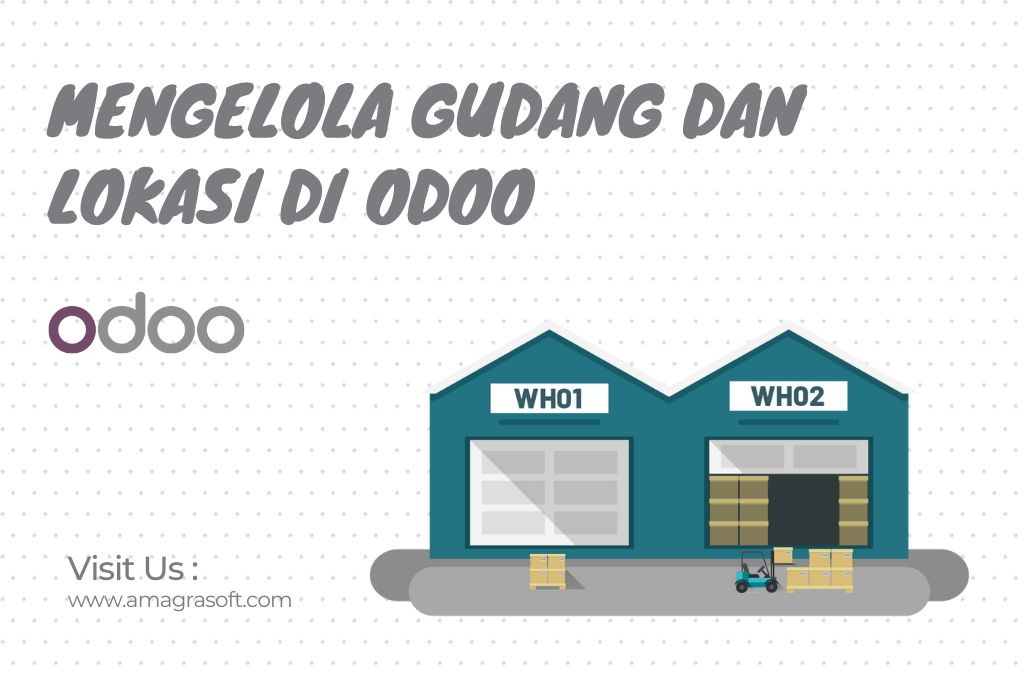
Managing Warehouses and Locations in Odoo
Warehouse in Odoo refers to the place where a company stores its products, and you can have more than one warehouse. Locations, on the other hand, are specific spaces within a warehouse, like shelves or floors.
Types of Locations:
-
Physical Locations:
- Physical locations are the heart of your warehouse, representing tangible places within your facility. These can include shelves, racks, aisles, or even distinct departments.
- The key benefit of physical locations is that they enable you to pinpoint the exact whereabouts of products, making it easier to manage stock movements, perform efficient picking and packing, and maintain an organized warehouse layout.
-
Partner Locations:
- Partner locations are extensions of your inventory management system that represent spaces in your customer's or vendor's warehouses. They are conceptually similar to physical locations but are not owned by your company.
- Partner locations are especially valuable if you're engaged in drop-shipping, cross-docking, or managing stock at external locations. These locations allow you to account for inventory movements outside your own warehouse.
-
Virtual Locations:
- Virtual locations serve as conceptual storage spots where products can be temporarily placed. These are often used to manage situations like quality control, quarantine, or handling lost products in transit to the warehouse.
- By employing virtual locations, you can keep track of products that may not yet have a physical presence in your warehouse or need to be isolated for special handling.
Inventory Control and Reporting:
Properly configured warehouses and locations are fundamental to maintaining accurate and efficient inventory control. Odoo's system provides tools for tracking stock movements, performing stock counts, and automating processes such as order picking and packing. The warehouse and location setup also enables you to monitor storage conditions, optimize order fulfillment accuracy, and maintain a real-time view of your stock.
In addition to control and management, Odoo offers a suite of reports and dashboards for detailed analysis of stock operations. These reports can help you monitor stock levels, analyze stock movements, and make informed decisions to improve your inventory management strategies.
Automation and Integration:
Odoo's Warehouse Management System (WMS) is equipped with advanced features for automating tasks related to order fulfillment, shipping, and inventory optimization. The system seamlessly integrates with other Odoo modules, such as Sales, Purchases, Manufacturing, and eCommerce, ensuring that information flows smoothly between different areas of your business. This integration enables real-time updates and a cohesive approach to managing your entire supply chain.
In conclusion, Odoo's robust warehouse and location management capabilities are indispensable for businesses seeking to maintain efficient and well-organized inventory operations. Whether you operate a single warehouse or multiple locations, Odoo's flexible system adapts to your specific needs, enhancing efficiency, customer satisfaction, and overall supply chain performance.
If you're interested in exploring this topic further or have any inquiries about Odoo and optimizing your business management, please feel free to get in touch with us. CLICK HERE
AMAGRASoft, the official Odoo partner in Bandung, is here to provide the support you need. We eagerly anticipate the chance to engage with you and offer the necessary assistance and insights for your success.
